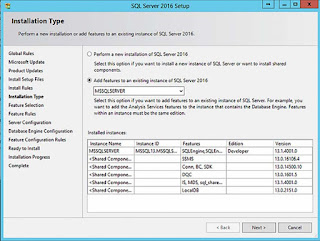Perform domain management in DQS

A knowledge base consists of domains. Each domain represents the data in a data field. Each value in a data field or domain is known as a domain value. DQS provides the ability to validate, cleanse, match and deduplicate values from any dataset against domain values in the DQS Knowledge Base. Domains are created by performing a domain management activity. To create a DQS domain for valid supplier names in the Suppliers Knowledge Base, follow these steps: Open the Data Quality Services client and connect to the DQS instance Click on Open Knowledge Base button from the Knowledge Base Management section Select Suppliers from the Knowledge Base list Click on Domain Management from the Select Activity list, then click Next Click on the Create A Domain icon Type the following information on the Create Domain window: Domain Name: SupplierName Description: List of valid Supplier Names Select String from the Data Type drop-down list Check the Use Leadi...




